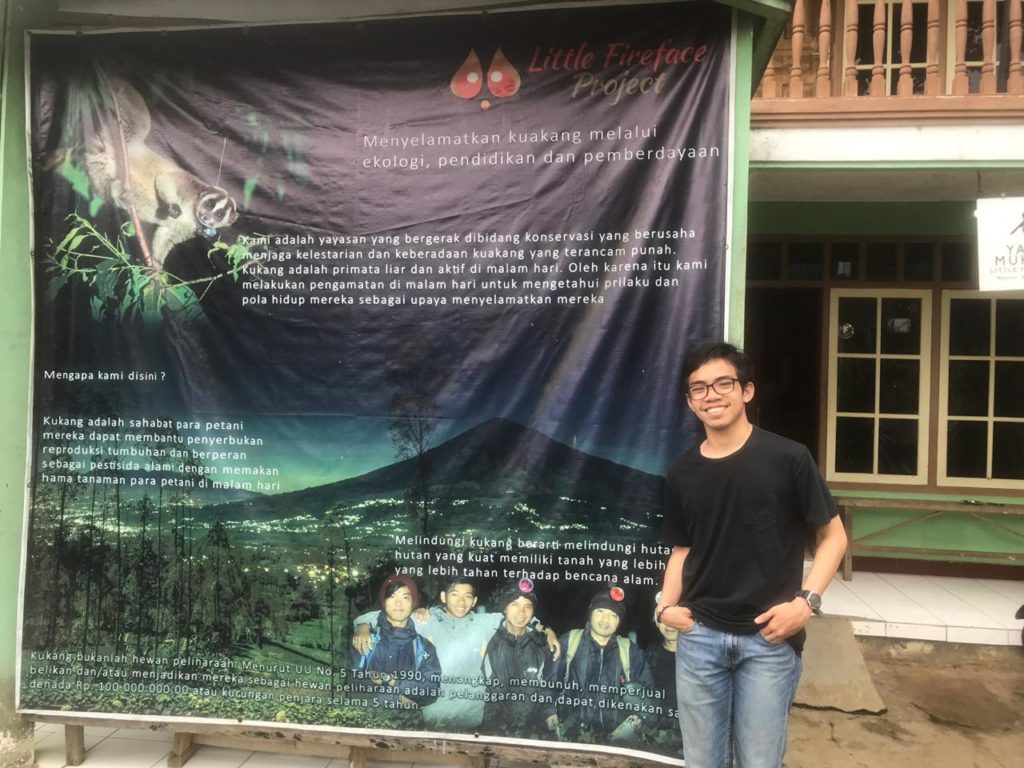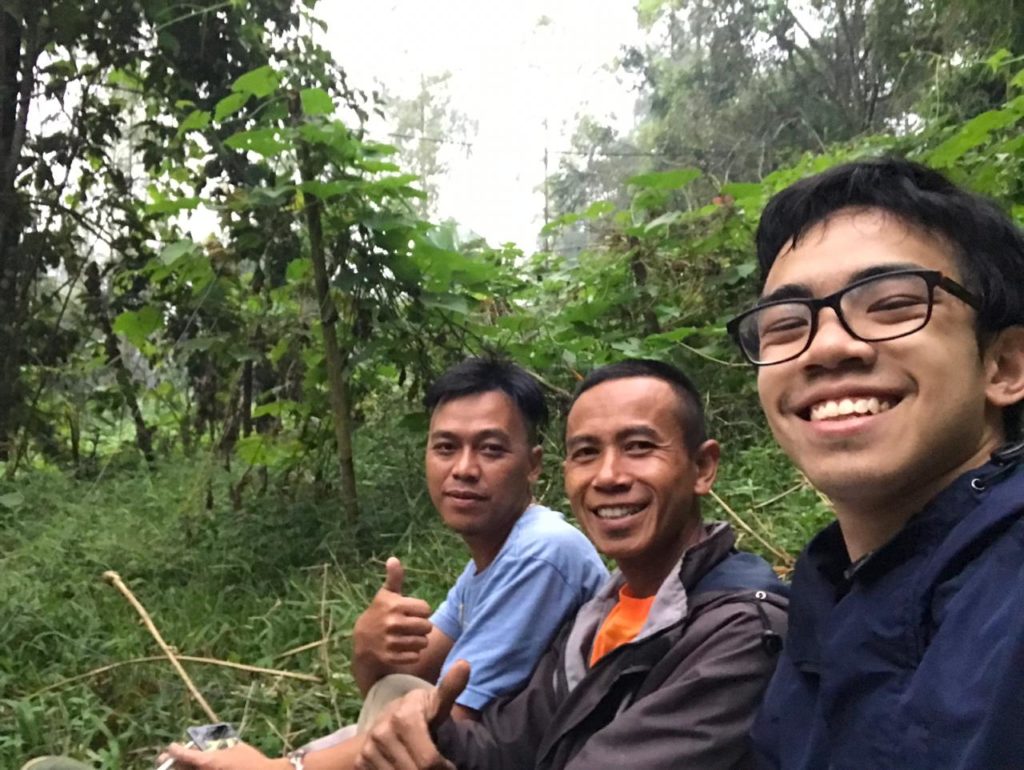First of all, allow me to introduce myself. My name is Diva Muhammad Alfirman, and I am a volunteer here at Little Fireface Project. I’m not really doing any personal research here, I’m just here to volunteer and to explore the many prospects of forestry, mainly in Indonesia and it’s forest ecosystems. So why forestry?

Why forestry?
It’s simple, because I am currently in my 4th year in university, where I have chosen Forestry Engineering as my major. And so I thought that it would be nice just to take a look at the many work fields regarding forestry, particularly before I complete my study this year. But what is Forestry Engineering? Is it the same as normal forestry studies? What does it have to do with conservation, especially the conservation of endangered wildlife?
Overview of Indonesia’s forests condition
Over the past fifty years, Indonesia’s forests have depleted by up to 40%. This means that Indonesia, which was at one point, had 70% of it’s land covered in green forests, currently does not exist in that state anymore. The rate of deforestation in Indonesia itself is estimated to be at least 2 million hectares per year by 1996. There are many factors contributing to this, including the overuse of natural forest resources, the inability to manage those resources, and the development of crop fields and infrastructures that tend to use the forest lands. This, of course, spans a dilemma on many levels. On one hand, we as Indonesians are very dependent on natural resources, especially forests resources, may it be for food or land usage. But on the other hand, the constant depletion of those resources raises a growing concern among Indonesian people.

Main challenges in forestry
The main challenge in modern forestry is how to create and develop a sustainable forest ecosystem that could also, at the same time, provide near unlimited resources for human society. Sustainable here means that deforestation will not be a concern anymore and that Indonesia’s forests may be subject to prolonged usage, whether it concerns exploitation of resources such as wood and non-wood products, or even land usage for infrastructural development. Forestry Engineering may be the most possible answer to that challenge. So what is Forestry Engineering, exactly? Maybe most of you will think that Forestry Engineering is basically applying the concept of modern engineering, mainly civil engineering, into forest environments. Building infrastructures, including bridges, dams, and power plants in forests, of course it all requires not only engineering discipline, but also the understanding of how the forest ecosystem works. That sounds great, of course, and it also happens to be the definition of Forestry Engineering established by many universities in the world. But remember, the problem lies within the limitation of forest resources, so our concern should lie within managing it, other than using it. Rather, the problem lies within creating a sustainable forest to satisfy our every need without concern, however that may seem.
The goal of Forestry Engineering
Creating a forest seems like an abstract concept, but it is something that can, if not should, be done. Forestry Engineering is how we will achieve that goal. Many people are not familiar with this concept, because in Indonesia itself there has only been one university which holds that degree. By combining the concepts of forestry science, along with understanding of forest ecosystem, with the disciplinary field of engineering, we can create and manipulate sustainable forests, both new and existing. The application of Forestry Engineering is based on biosystematics along with biological-based engineering. This means that along with biological studies such as plant and animal taxonomy and ecology, engineering aspects such as fluid mechanics and thermodynamics is also integrated. The collaboration of those two elements further create a new area of study, one that aims to solve the challenge we’ve been facing for years: development of sustainable forests. This means sustainable use of forest resources by Indonesian people, for many years to come.
Forestry Engineering and conservation
So that’s basically a short outline of what Forestry Engineering really is. But what does it have to do with wildlife conservation? One of the many reasons for the decrease of wildlife population is habitat depletion. Nowadays, many species, especially animals, have lost their habitat due to deforestation. A perfect example is orangutans in Borneo especially, where their forest continues to deplete due to the expanding of palm oil fields. This, of course, links directly to their decreasing population. Through Forestry Engineering, however, we can solve that problem. Application of Forestry Engineering means that we will be able to further develop existing habitats, or even create new habitats, for the orangutans. Hopefully, in the future, we can continue to rebuild these habitats for the restoration of many more wildlife species.

What’s next
Strictly speaking, I am still a student. I am currently still working on my bachelor thesis, and I have yet to graduate. So there is still many I have yet to understand concerning my major. So here I am, volunteering, for solely two reasons; I am passionate about conservation, and again for exploring the many work fields for after I graduate. So far, I think that this has been a wonderful experience for me, and I am willing to learn further how my major can contribute to conservation issues in my country.
DIVA MUHAMMAD ALFIRMAN
